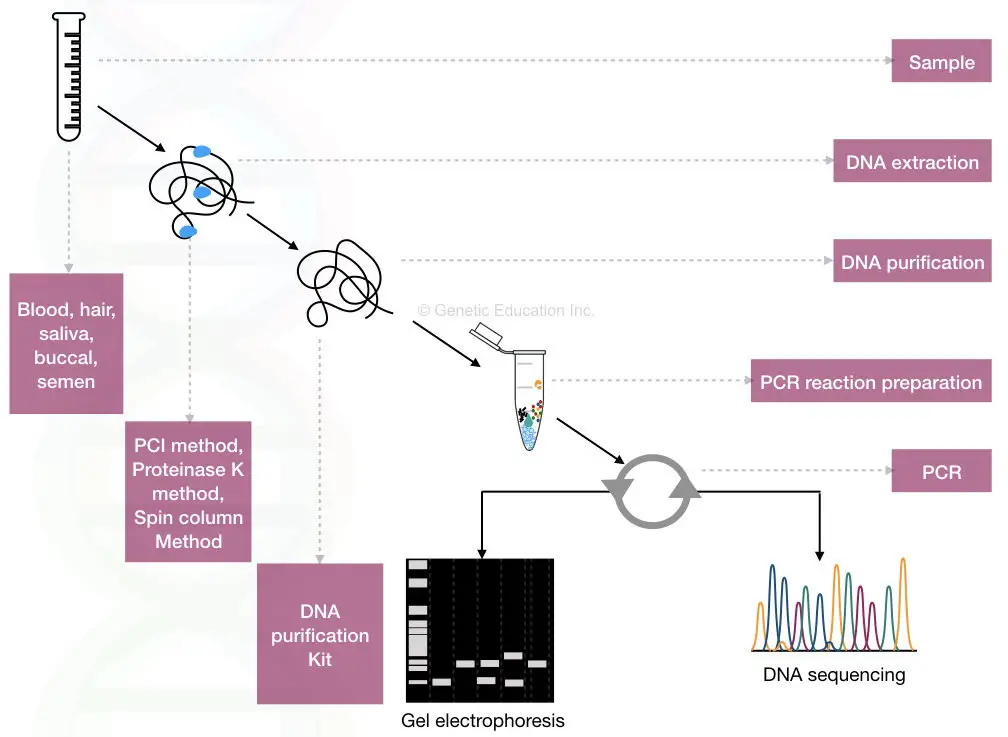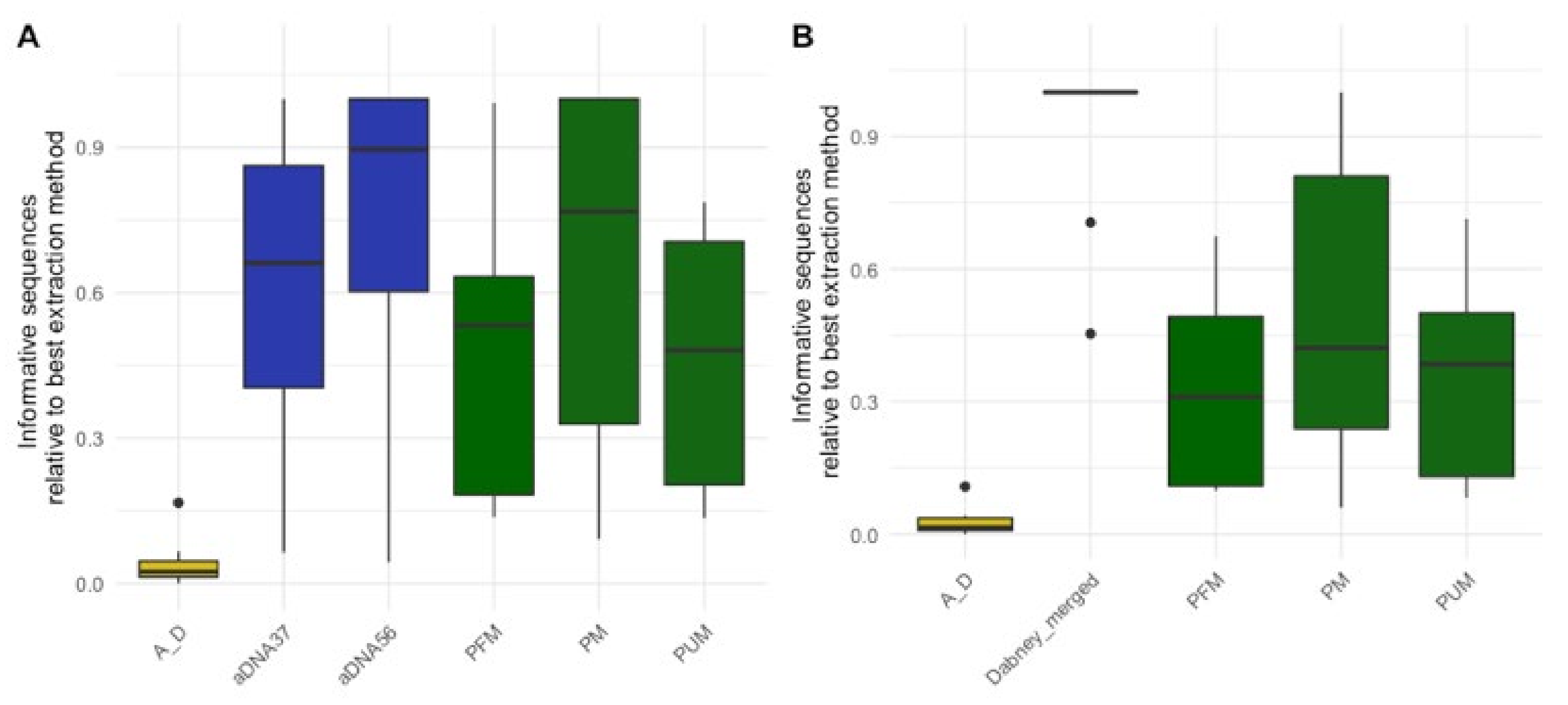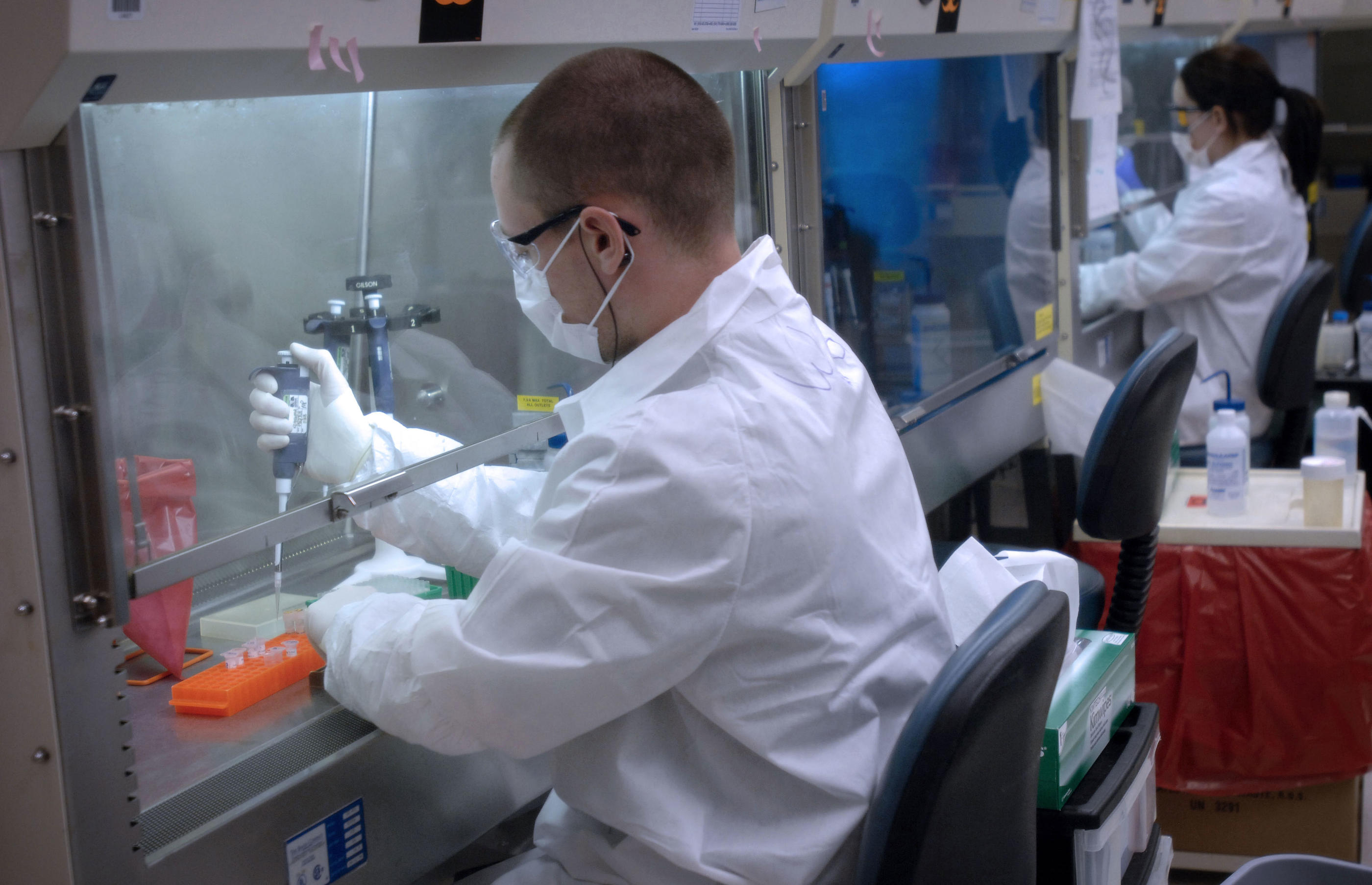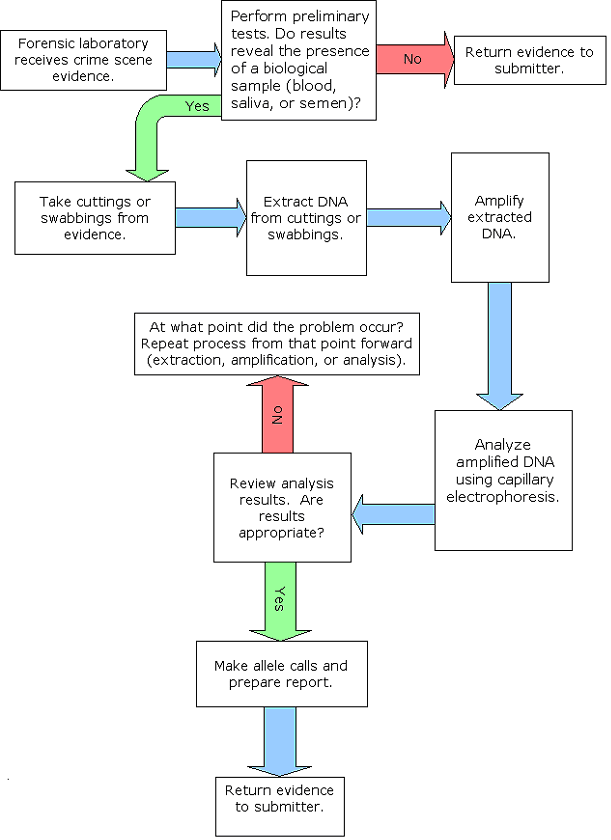Which Is a Method of Preparing Dna for Forensic Analysis
SDS-PAGE used to separate proteins which are transferred to membrane. However other techniques such as supported liquid extraction Phospholipid depletion and dilution are also employed on a regular basis in a typical crime laboratory.

The Process Of Dna Extraction Using The Paper Based Dna Extraction Download Scientific Diagram
Amplicon targeted sequencing by massively parallel sequencing PCR-MPS is a potential method for use in forensic DNA analyses.

. According to the study published in WIRES Forensic Science liquid-liquid extractions and solid phase extractions are still the most popular sample preparation techniques. Difficult and highly degraded DNA samples are the bane of every forensic DNA analyst. Techniques using organic reagents for DNA extraction are well accepted in the forensic science community.
DNA is extracted separated with electrophoresis and transferred to the membrane. NGS technologies have the promise of providing information in both of these dimensions thereby expanding the utility of mtDNA analysis in forensic science. PCR Method Enables Better Analysis of Degraded Challenging DNA Samples.
This enables forensic scientists to make billions of DNA copies from small amounts of DNA in just a few hours. In this application PCR-MPS may supplement or replace other instrumental analysis methods such as capillary electrophoresis and Sanger sequencing for STR and mitochondrial DNA typing respectively. To repair damaged DNA prior to amplification and analysis.
DNA amplification by PCR pro-vided an enormous increase in sensitivity allowing minute amounts of degraded DNA to be analysedand now forms the basis of all forensic DNA typingEarly PCR-based systems targeted a small number of SNPs in the HLA-DQA1 GENE 7Although these systems were use-. In DNA 2 students learn how to interpret DNA data to include. The parts analysed are called short tandem repeats STRs.
Gazi Nurun N S Mohammad Z S. When possible DNA samples are collected stored and transported from the crime scene to the laboratory carefully and with the proper protocols in place. Currently analysis of DNA through PCR-based genotyping and genomics sequencing approaches are the gold standard techniques in human forensic science 4.
Most analysis is now carried out with PCR multiplexes of 1015 autosomal STRs that give a high degree of certainty. Organic extraction methods are often preferred for the extraction of biological stains containing small amounts of DNA or degraded DNA01-05 These methods could be considered less harsh than other methods such as the use of Chelex beads because no. Mitochondrial DNA and Methods for Forensic IdentificationJ Forensic Sci Criminal Invest.
Journal of Forensic Sciences Criminal Investigation How to cite this article. There are various methods of extraction as mentioned below though commonly used are Chelex-100 method silica-based DNA extraction and phenolchloroform method. The variable polymorphic nature of the STR regions that are analyzed for forensic testing intensifies the discrimination between one DNA profile and another.
Western Blot Used to detect proteins. DNA typing results indicated that until 1 month after death any of the four hard tissue samples could be used as an alternative to teeth allowing analysis of all of the loci. Forensic Analysis of DNA 2 is a continuation of PHA6851 Forensic Analysis of DNA where students learned about the methods routinely used for the isolation of DNA from cells and techniques applied to DNA quantitation electrophoretic separation as well as data analysis interpretation and reporting.
Southern Blot Used in DNA analysis. In addition using a rapid DNA preparation method it was possible to achieve sample preparation of human ge-nomic DNA DNA amplification and real-time detection in less than 1 h. The MATCI correctly identified the nucleotide differences in both viral DNA and human genomic DNA.
Challenging forensic DNA samples extracted from for instance bones and hair can be degraded andor contain very little DNA. This method uses an enzyme blend designed to fix environmentally-damaged samples that have DNA analysis issues. The main goal of the proposed program was to develop a method to repair DNA and determine its optimal method of use in forensic analysis.
21 DNA analysis in forensic science short tandem repeats Only small sections of an individuals DNA are analysed routinely for forensic evidence. Chromatography-based DNA extraction method. Short tandem repeat STR technology is a forensic analysis that evaluates specific regions loci that are found on nuclear DNA.
DNA Typing Short Tandem Repeat STR Analysis. The DNA produced with PCR can be analyzed using DNA fingerprinting techniques. Ethidium bromidecesium chloride EtBr-CsCl gradient centrifugation method.
The forensic use of DNA typing is an outgrowth of its medical diagnostic useanalysis of disease-causing genes based on comparison of a patients DNA with that of family members to study inheritance patterns of genes or with reference standards to detect mutations. This technique was first discovered by Professor Alec Jeffreys of the University of Leicester in 1984 when he found that DNA varies in each human being and makes us unique. Labelled probes are added which hybridise to specific sequences and identify them.
However in terms of the sampling site collection method and sample size adjustment the rib appeared to be the best choice in view of the ease of specimen preparation. How-ever proteomic analysis can overcome some of the challenges of using DNA-based techniques for specific types of forensic samples such as. Mitochondrial DNA mtDNA analysis is often utilized on these kinds of.
Mutations that affect the number of repeats are relatively common so within a population there are usually. To understand the challenges involved in such technology transfer it is instructive to compare. Forensic DNA analysis began in 1985 with the development of DNA fingerprinting.
The Card Processing Automation 200 CPA200 is a semi-automated puncher designed to process human blood or saliva DNA samples collected on filter paper or cards in forensic and paternity laboratories. The use of the polymerase chain reaction PCR technique we can generate multiple identical copies from trace amounts of original DNA evidence. Roughly speaking DNA Fingerprinting is a method of DNA analysis used by Forensic Scientists to help solve crimes.

Dna Fingerprinting Definition Steps Methods And Applications

Pdf A Simple And Efficient Method For Extracting Dna From Old And Burned Bone

Pin On Science For Secondary Grades Biology Chemistry Physics And More
Forensic Science Dna Testing Procedures

Differential Centrifugation Photosynthesis Biochemistry Organelles

Graphical Representation Of Dna Microarray Slide Dna Microarray Genetic Abnormalities In Situ Hybridization

The Process Of Dna Extraction Using The Paper Based Dna Extraction Download Scientific Diagram

Differential Extraction An Overview Sciencedirect Topics

Dna Fingerprinting Or Dna Profiling Rflp Based Pcr Based Dna Fingerprinting Steps Application Youtube

Dna Profiling An Overview Sciencedirect Topics

Genes Free Full Text Ancient Dna Methods Improve Forensic Dna Profiling Of Korean War And World War Ii Unknowns Html

Phenol Chloroform Extraction An Overview Sciencedirect Topics
Forensic Science Dna Testing Procedures

Pdf A New And Efficient Method For Dna Extraction From Human Skeletal Remains Usable In Dna Typing

Nist To Assess The Reliability Of Forensic Methods For Analyzing Dna Mixtures Nist




Comments
Post a Comment